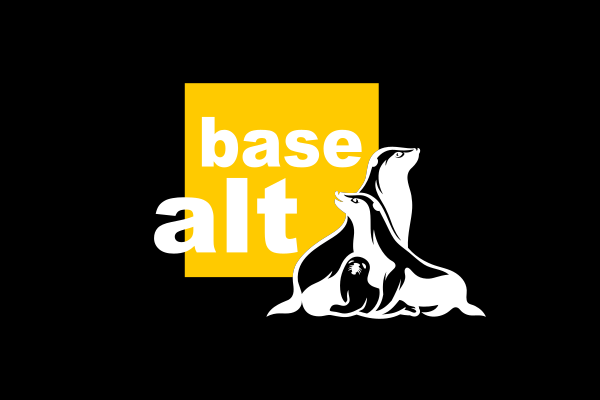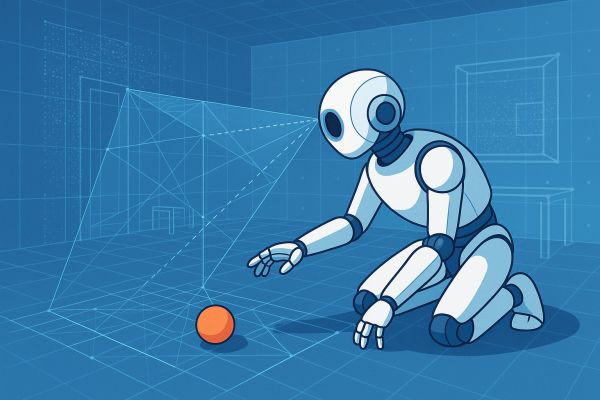For years, the dominant belief was that human instruction—through data, labels, fine-tuning, and carefully designed interventions—was the key to advancing artificial intelligence. Today, however, a new paradigm is taking shape. In a recent breakthrough, researchers at MIT introduced SEAL (Self-Adapting Language Models), a system that allows language models to teach themselves. This is not only a technological milestone—it also raises a fundamental question: what role will humans play in the training of intelligent systems in the future?
The core idea behind SEAL is that artificial intelligence no longer needs to wait passively for new data or developer input. Instead, the model can recognize when it needs to learn something new and initiate the process on its own. It generates the necessary data, determines how best to organize it for learning, and uses the resulting material to update its internal parameters—in essence, to reprogram itself. These changes are not temporary: the newly acquired knowledge is embedded in the model’s internal weights, influencing its long-term behavior.
Naturally, this mode of operation poses significant technical challenges. The system must determine which modifications actually lead to progress. To do this, it continuously evaluates its own performance through a reinforcement learning loop. When it finds a beneficial change, it reinforces that adjustment and refines its self-editing mechanisms accordingly. Learning, in this context, is not scripted—it dynamically adapts to new problems and environments.
SEAL’s sophistication becomes truly evident when we examine its performance on specific tasks. In a knowledge integration experiment, the model had to incorporate new information from a previously unseen text. Rather than simply memorizing the content, SEAL analyzed it, transformed it into a more efficient internal format based on its own criteria, and used that to teach itself. The results were impressive: SEAL outperformed other, even larger models that had been trained directly on the raw version of the same information.
The model showed similar strength in abstract problem-solving. At first, its performance was near zero, but after two self-directed learning cycles, its accuracy jumped to 72.5%. This leap isn’t merely a technical feat—it suggests that the model is capable of identifying, evaluating, and optimizing its own learning strategy.
This doesn’t mean SEAL is without its limitations. Like humans, it can “forget” older knowledge when overwhelmed by new information—a phenomenon known as catastrophic forgetting. This is a well-known vulnerability of AI systems. Researchers are exploring various strategies to address this, such as layered memory architectures or constraints on learning updates, but a definitive solution remains elusive.
Another key consideration is the computational cost. SEAL demands significant resources: for each new learning cycle, it must generate new training data and fine-tune itself repeatedly. At present, this process is mainly feasible in research environments. Still, the trend is clear—self-directed learning is steadily progressing toward real-world, industrial-scale applications.
Why does this matter for the economy and society? Because SEAL represents more than just a new tool—it points toward a future where AI acts not just as an executor, but as an intelligent collaborator. Imagine a medical decision-support system that can incorporate new research findings daily, or a legal assistant that learns about new case law in the morning and applies it in the afternoon.
Of course, this doesn’t mean human teaching is becoming obsolete. AI autonomy does not replace human oversight—it redefines it. In the future, we may no longer annotate data, but instead define objectives, set constraints, and observe as a new form of intelligence learns alongside us—on its own terms, but moving toward shared goals. SEAL is the first real step in making that future tangible.



















